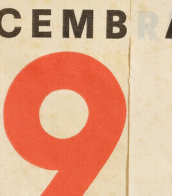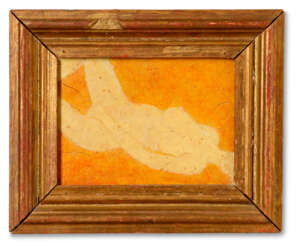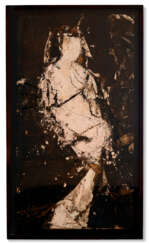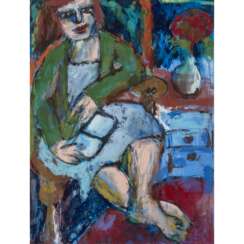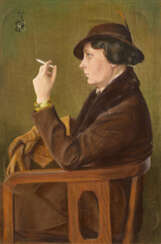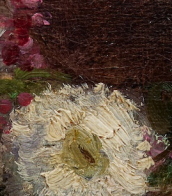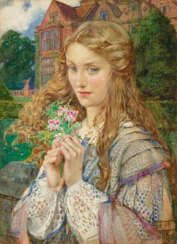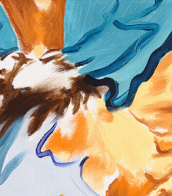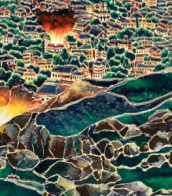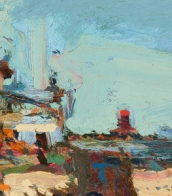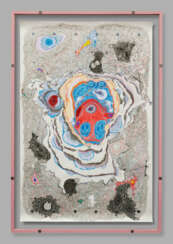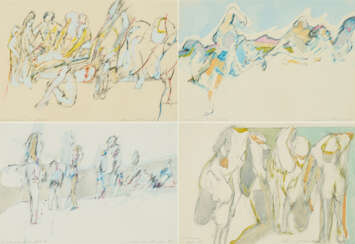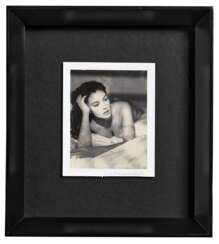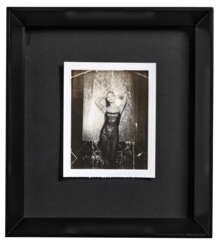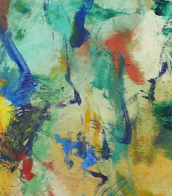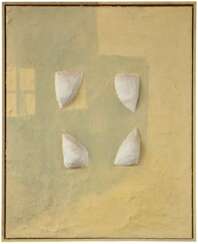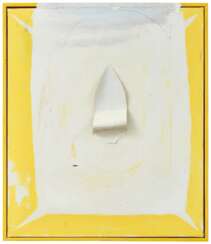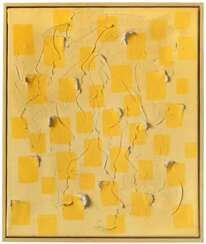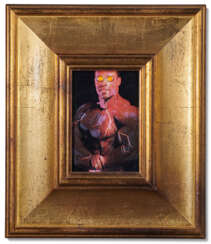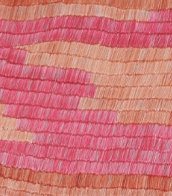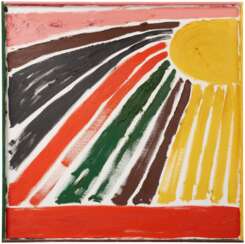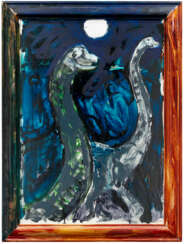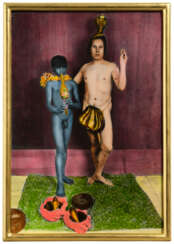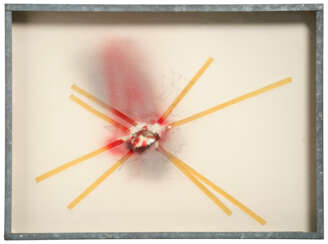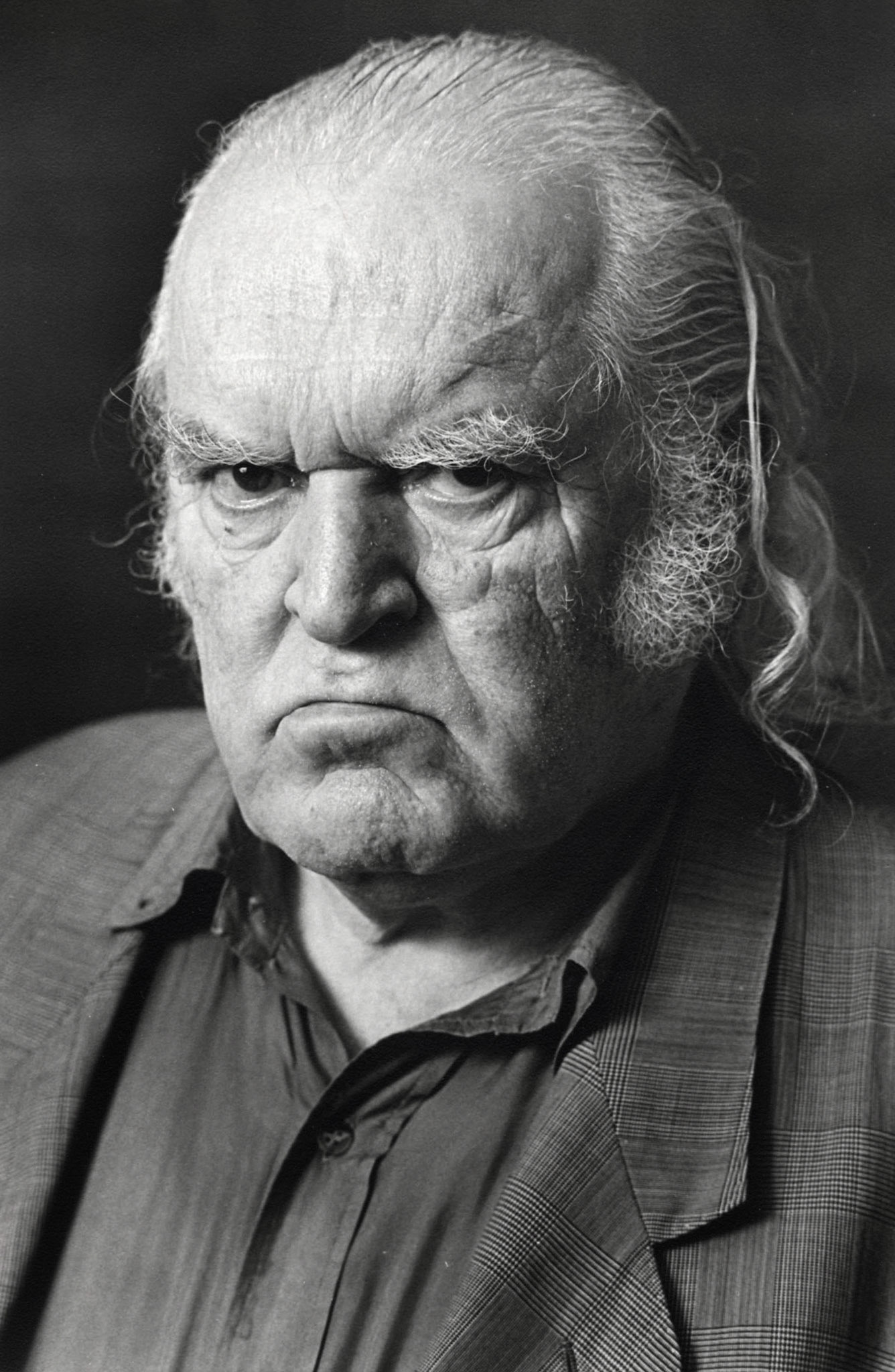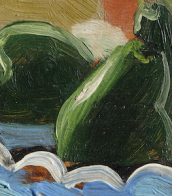artist's frame

Francis Alÿs is a Belgian-born, Mexico-based artist.
His work emerges in the interdisciplinary space of art, architecture, and social practice. In 1986, Alÿs left behind his profession as an architect and relocated to Mexico City.
He has created a diverse body of artwork and performance art that explores urban tensions and geopolitics. Employing a broad range of media, from painting to performance, his works examine the tension between politics and poetics, individual action and impotence.
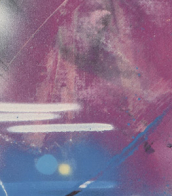
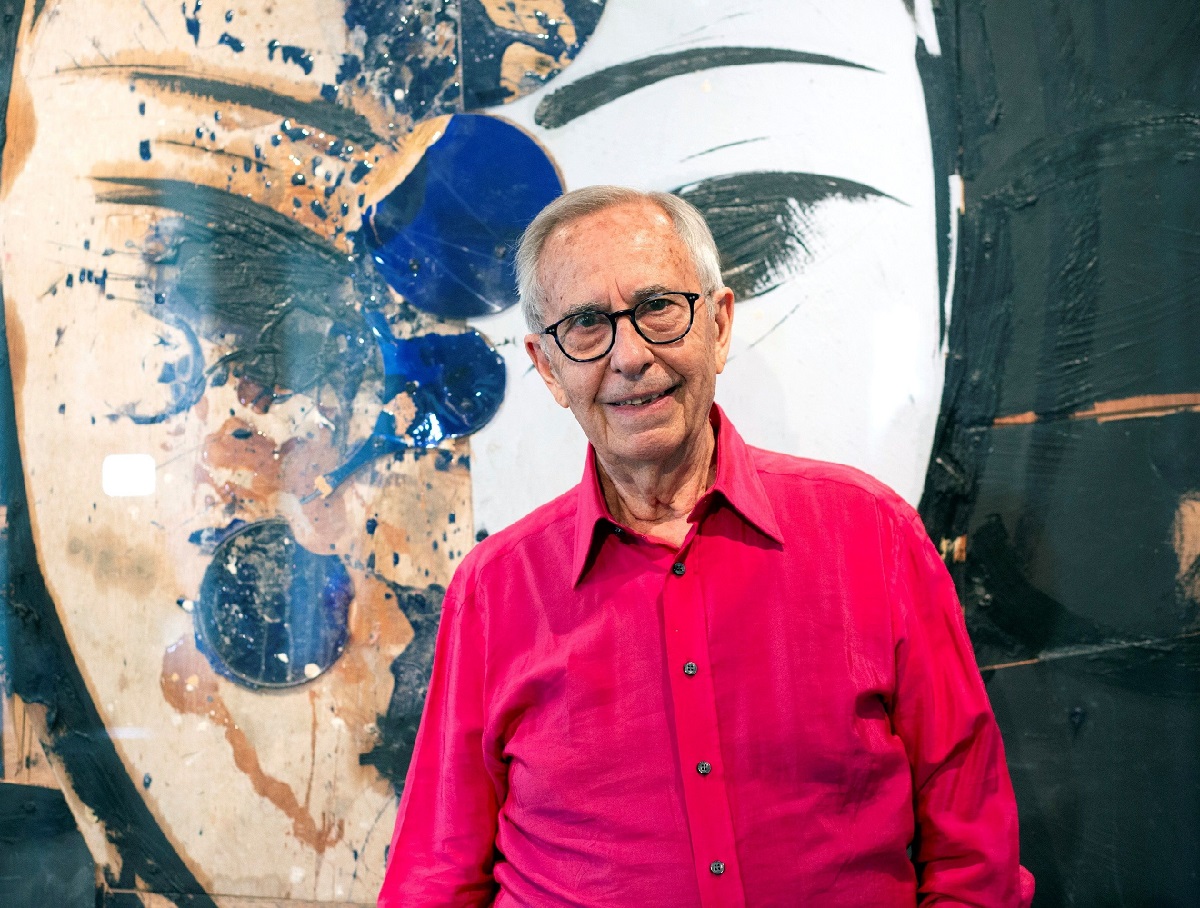
Manolo Valdés is a Spanish painter and sculptor who co-founded the influential Spanish pop art movement Equipo Cronica in 1964 with Rafael Solbes and Juan Antonio Toledo during the Franco dictatorship. Manolo Valdés uses art as a channel of expression. With humour and irony he depicts the political and social obligations of the state.
His large-scale paintings, sculptures and combined works are an open dialogue with reference to the masters of art history.
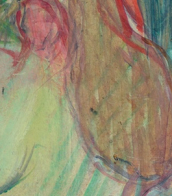
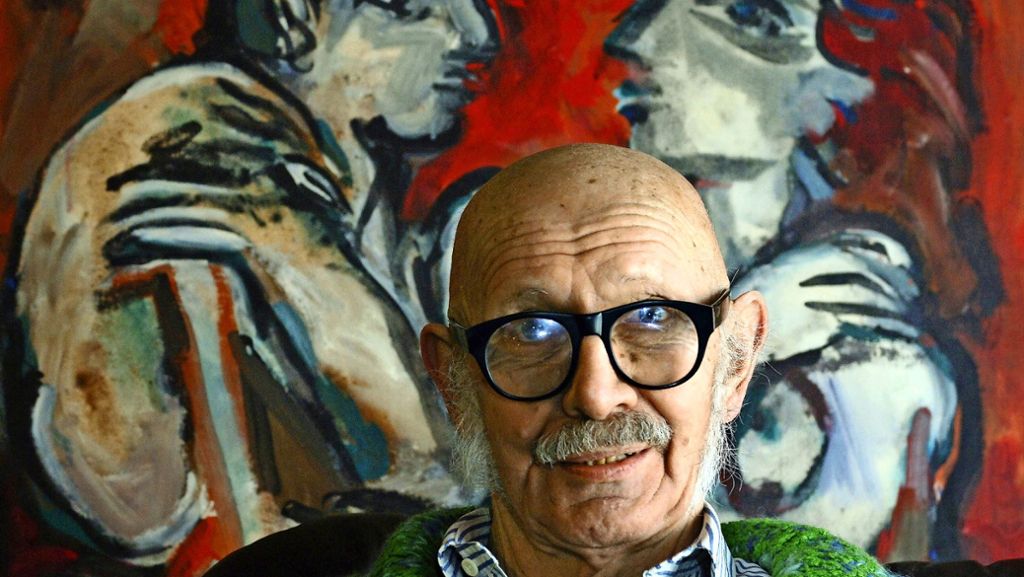
Adam Lude Döring is a German post-war and contemporary abstractionist and graphic artist.
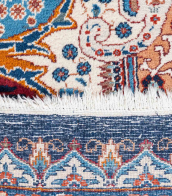
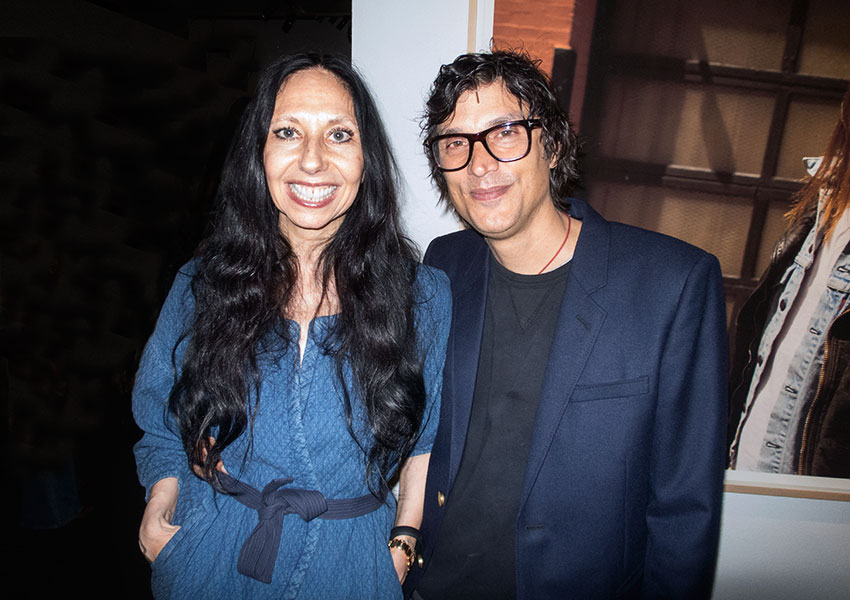
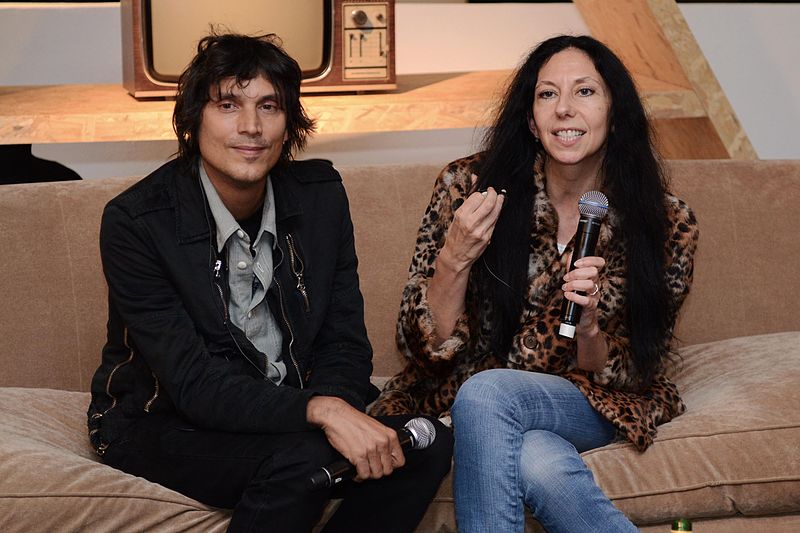

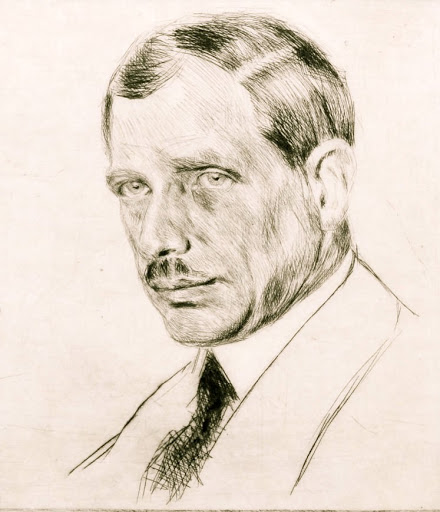
Max Clarenbach was a German painter of the first half of the twentieth century. He is known as a painter, landscape painter, genre painter and teacher and is considered one of the most important representatives of Rhenish painting of his time.
Max Clarenbach made study trips to Italy and Holland early in his career, where he formed his genre preferences and became a landscape painter. His work reflected the influence of the Hague School and the French Barbizonians. The artist skillfully depicted winter scenes and the nature of western Germany. He also painted sports and street scenes.
Clarenbach was one of the organizers of the Düsseldorf Sonderbund and taught at the Düsseldorf Academy of Art.

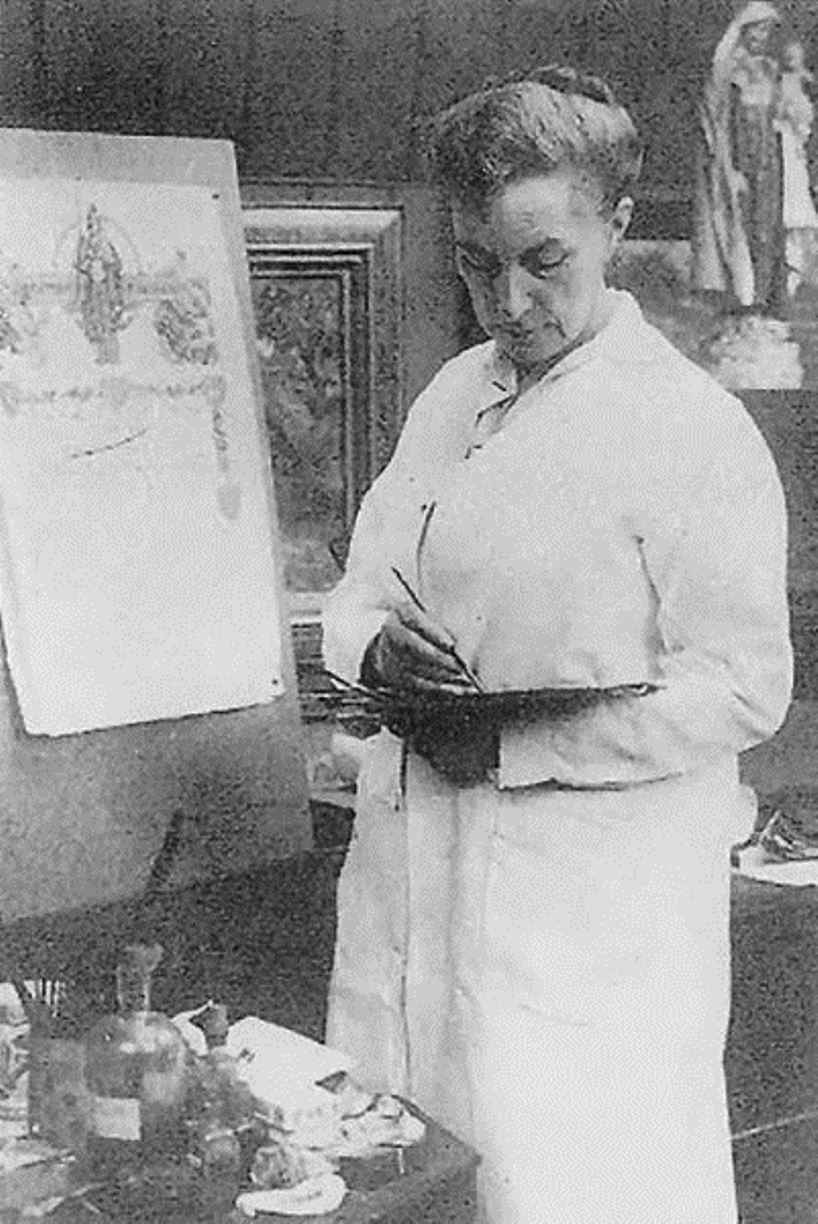
Eleanor Fortescue-Brickdale was a British Pre-Raphaelite painter, illustrator and stained glass artist.
At the age of 17, she enrolled at Crystal Palace School of Art and was later admitted to the Royal Academy of London and she initially worked with illustration. In 1897, Eleanor won a prize for her painting "Spring", which allowed her to begin work on her first large-scale oil painting, "The Pale Color of True Love". The painting was exhibited at the Royal Academy in 1899.
In 1902 Eleanor Fortescue-Brickdale was elected the first female member of the Institute of Oil Painters. She illustrated many books, including Tennyson's Royal Idylls in 1911. She taught at the Byam Shaw School of Art in Kensington. During the First World War, the artist designed posters for government departments and later several commemorative stained glass windows and a memorial in York Cathedral. In 1919 she became a member of the Royal Society of Watercolor Painters.
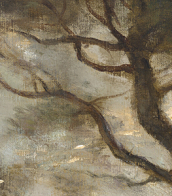
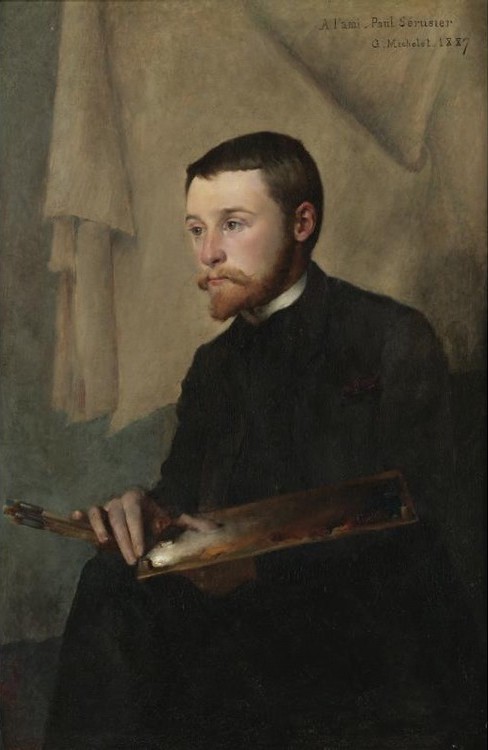
Paul Sérusier was a French Post-Impressionist painter and theorist, notable for his significant contributions to the art movement known as the Nabis. Born in Paris on November 9, 1864, Sérusier's work is characterized by its expressive use of color and pattern, inspired by the techniques of Paul Gauguin. He is best known for his exploration of color, sensation, and abstraction, particularly evident in works like "Le Talisman, the Aven River at the Bois d'Amour" (1888). This painting marks a departure from the Impressionists' more faithful representation of observed reality, focusing instead on translating sensations onto the canvas with vibrant brushstrokes and an emphasis on emotional expression over visual accuracy.
Sérusier's paintings often feature the landscapes and people of Brittany, notable for their contemplative mood achieved through firm contours and blocks of unmodulated color. His style evolved under the influence of Synthetism and Cloisonnism, favoring flattened forms and large swathes of color, as seen in "Farmhouse at le Pouldu" (1890). This approach reflects a decorative organization of objects, emphasizing the craft and execution of the scene.
Some of Sérusier's notable works are housed in prestigious museums such as the Musée d'Orsay in Paris, including "Portrait of Paul Ranson in Nabi Costume" (1890) and "Landscape" (1912). His legacy extends beyond his own artworks; he was a key figure in the formation of the Nabis movement, and his theoretical contributions have had a lasting impact on the art world.
For collectors and experts in art and antiques, Sérusier's work represents a unique blend of post-impressionist and symbolist styles, making his pieces highly valued both for their historical significance and their aesthetic appeal. To stay updated on new product sales and auction events related to Paul Sérusier, sign up for our updates. This subscription service is exclusively focused on providing information related to Sérusier's work, ensuring you remain informed about opportunities to acquire pieces by this influential artist.

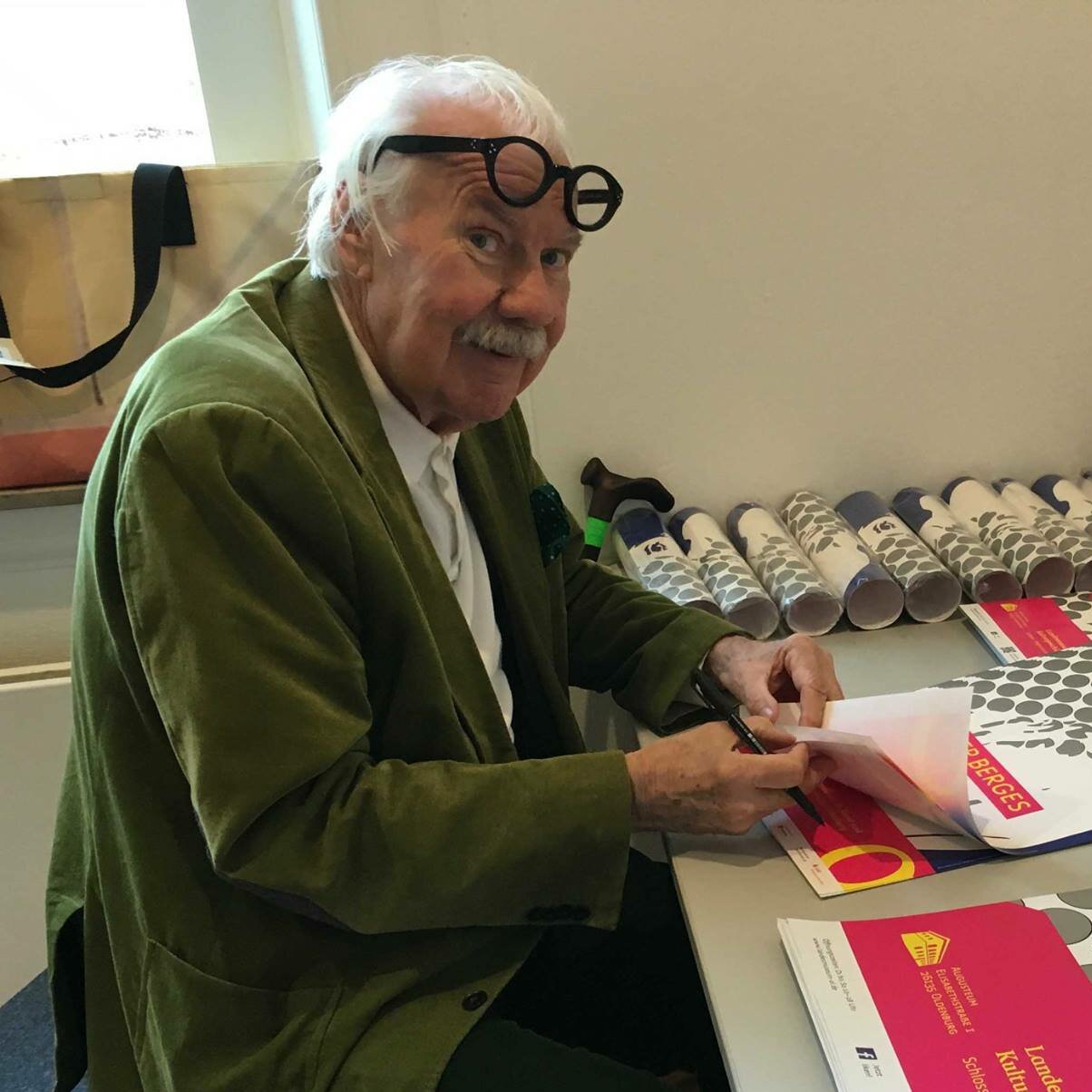
Werner Berges is a contemporary German artist and graphic artist, a representative of Pop Art.
Typical of him are bright colours and sharp outlines, the use of spot painting and the strips that give his works the character of reproductions. The heroes of his paintings are pop and film stars, advertising types of women and photo-models, whose erotic poses and captivating glances Werner Berges emphasizes with a powerful combination of colours, points, stripes and collage. At the core of his drawing is a "graphic framework" that exists independently of the overlay of colours on the canvas. The artist tries to show himself to be completely independent and impartial about what he has created and only signs his work on the back of the canvas.
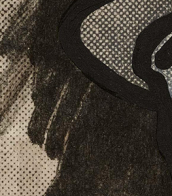

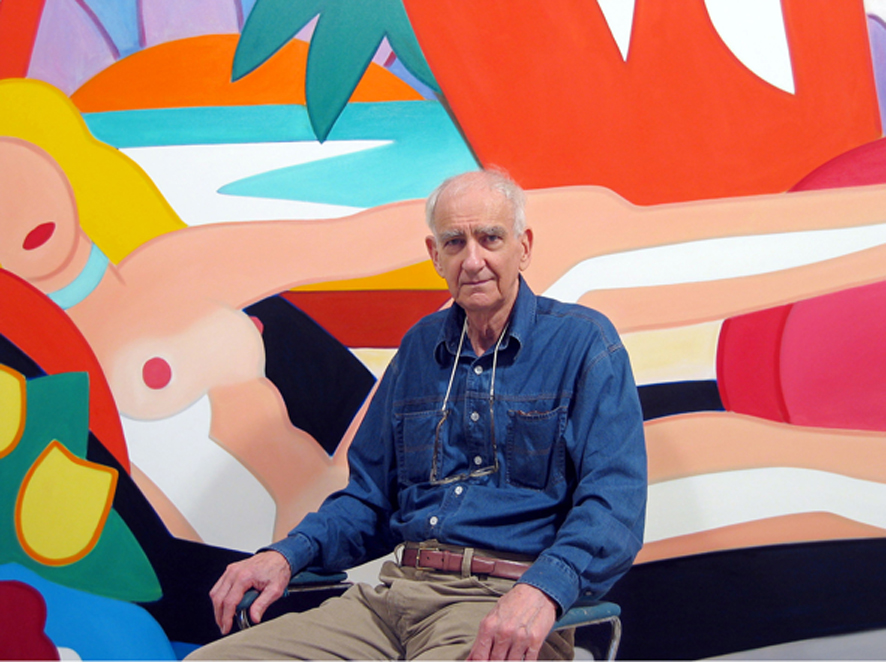
Tom Wesselmann was an American artist associated with the Pop Art movement who worked in painting, collage and sculpture.
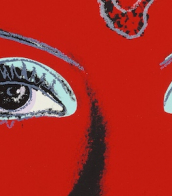
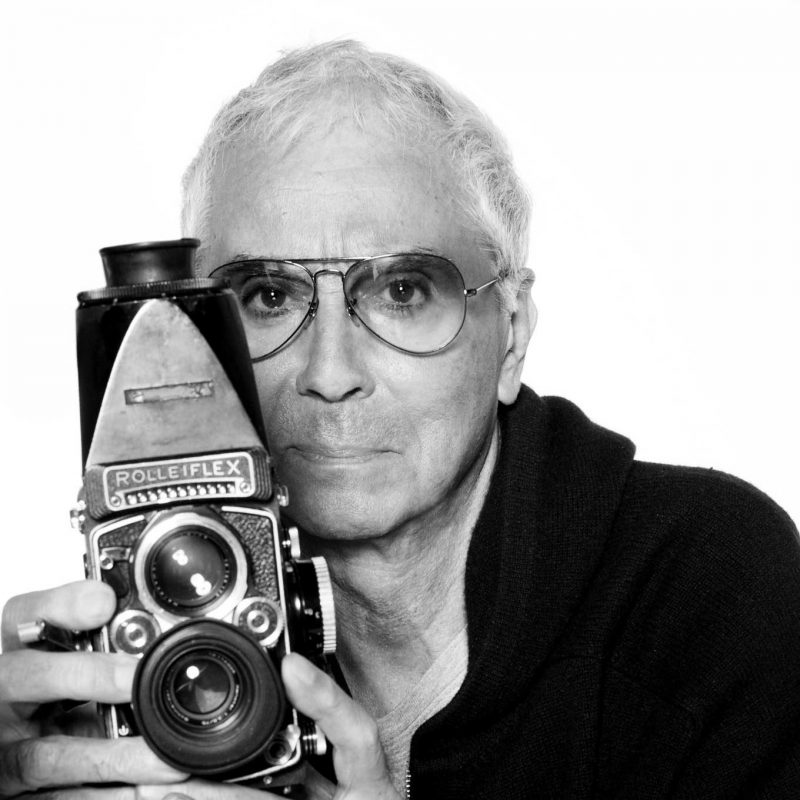
Gian Paolo Barbieri is an Italian fashion photographer.
Barbieri photographs in analog and does not retouch his pictures.
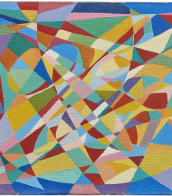

Gian Paolo Barbieri is an Italian fashion photographer.
Barbieri photographs in analog and does not retouch his pictures.

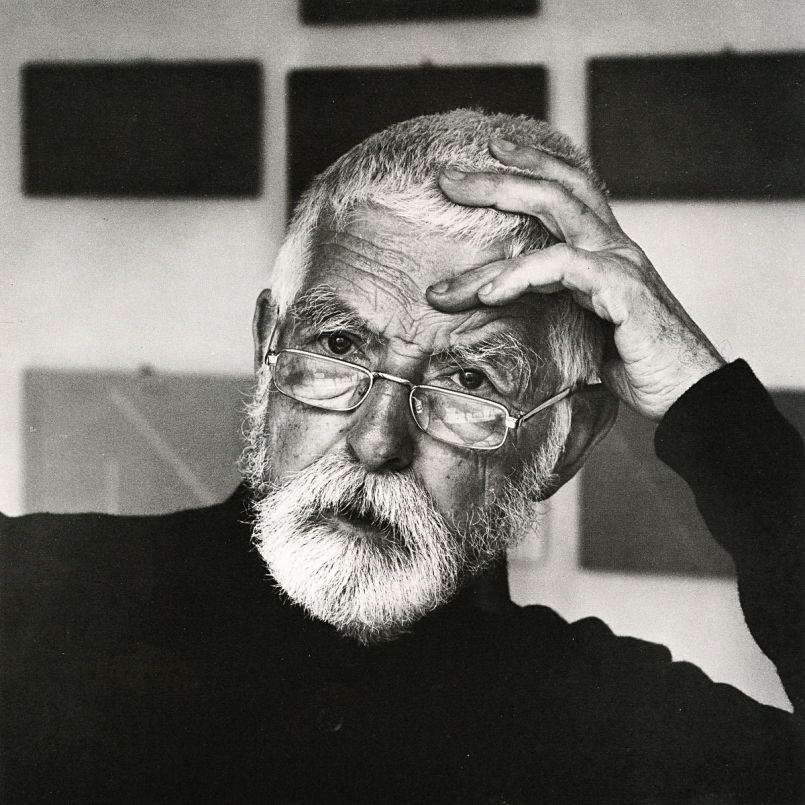
Antonio Calderara is a famous Italian abstractionist painter.
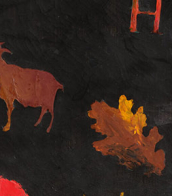
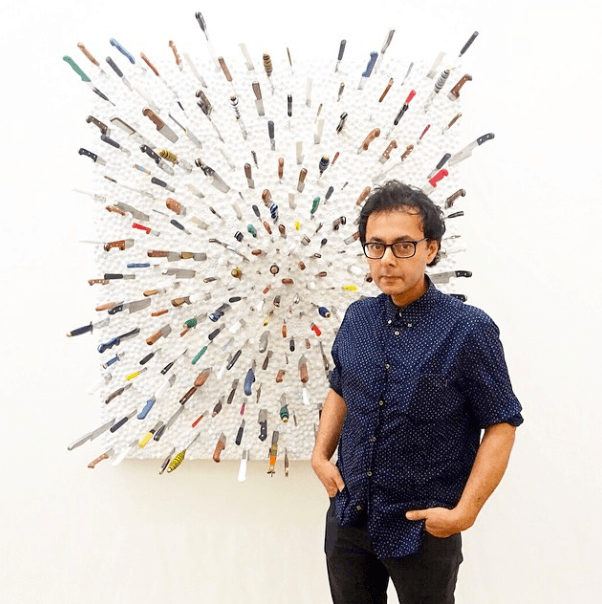
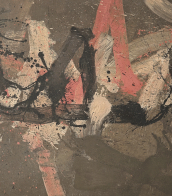
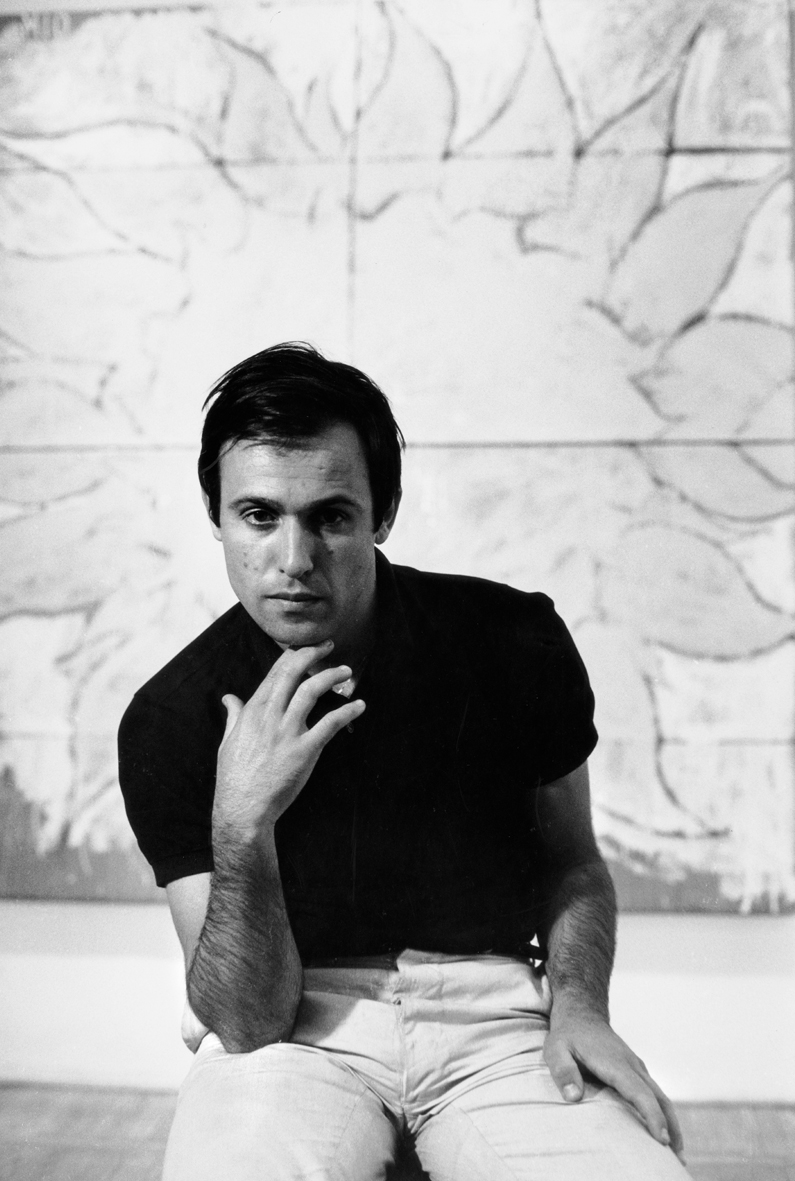
Mario Schifano was an Italian painter and collagist of the Postmodern tradition. He also achieved some renown as a film-maker and rock musician.
He is considered to be one of the most significant and pre-eminent artists of Italian postmodernism.

Luigi Ontani is an Italian multidisciplinary artist, known as a painter, photographer and sculptor.
